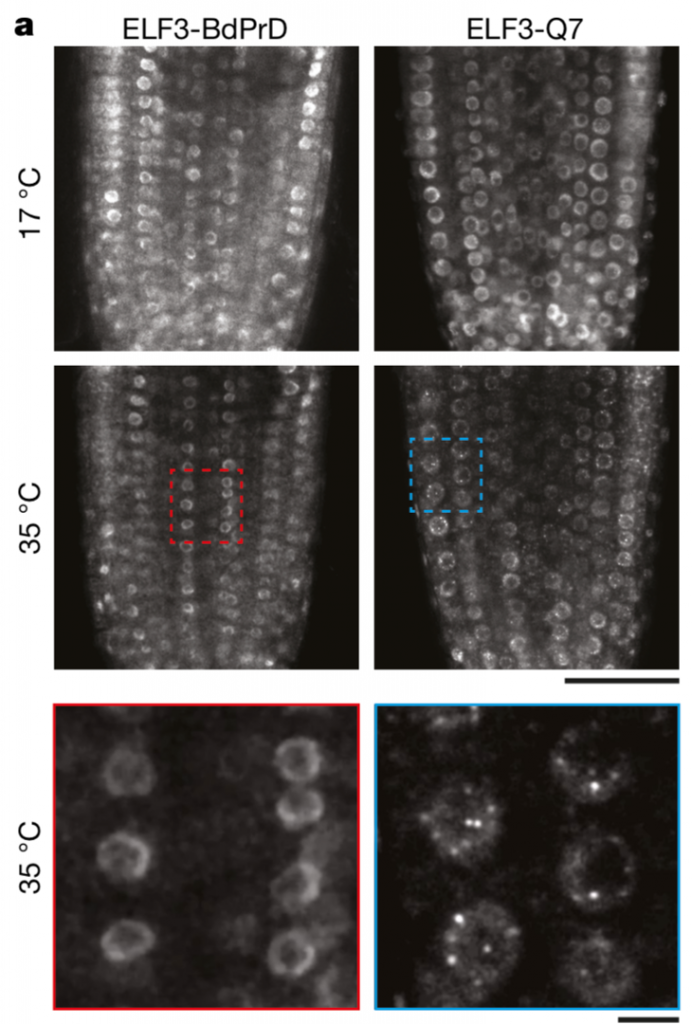
A prion-like domain in ELF3 functions as a thermosensor in Arabidopsis (Nature)
Plant Science Research WeeklyAs sessile organisms, sensing the external conditions is critical for plants to complete their life cycle and temperature is one of the major factors. In Arabidopsis, the evening complex senses the temperature and it consists of EARLY FLOWERING3 (ELF3), a scaffolding protein; ELF4, helical protein; LUX…

KIN10 promotes stomatal development through stabilization of the SPEECHLESS transcription factor (Nat. Commun.)
Plant Science Research Weekly
Plants communicate with the environment through stomata (i.e., pores found on leaf surfaces) and regulate gas exchange depending on internal and external cues by optimizing stomata density. Still, how plants integrate metabolic and environmental signals remain to be determined. Here, Han and colleagues…
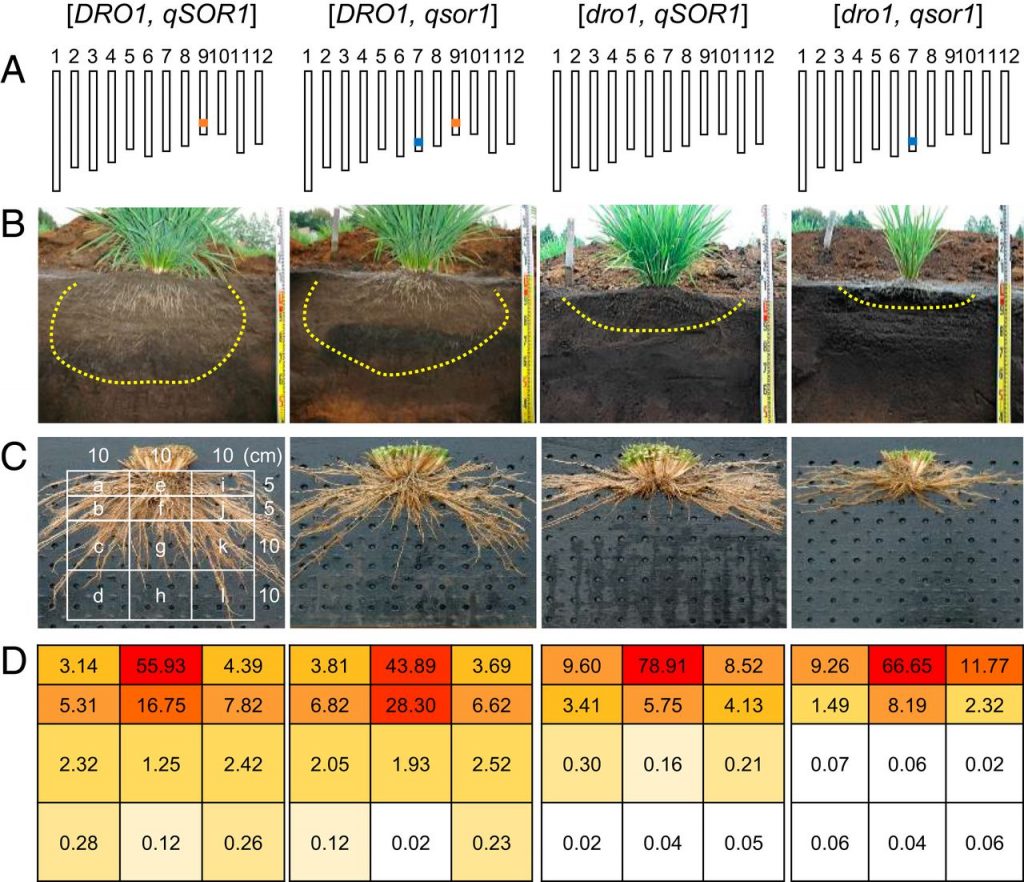
Root angle modifications by the DRO1 homolog improve rice yields in saline paddy fields (PNAS)
Plant Science Research WeeklyThe spatial configuration of roots is a complex and critical trait for productivity that is impacted by abiotic stresses such as drought, waterlogging, and salinity. Soil salinity is expected to affect 50% of agricultural land worldwide by 2050. This research describes that the loss of function of qSOR1…
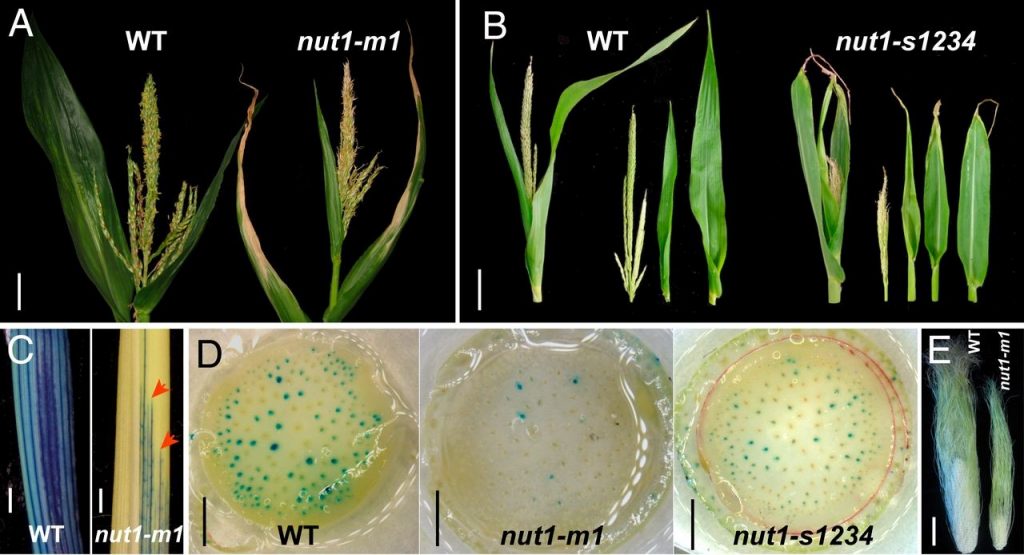
A protoxylem-specific NAC transcription factor modulates heat and drought stress in maize (PNAS)
Plant Science Research Weekly
Excessive heat and water deficit coincide with flowering and result in developmental defeats such as male floral organs browning, infertile pollen, and failure in fertilization: a syndrome known as “tassel blasting” in maize. The genetic pathway underlying tassel blasting is not well characterized.…
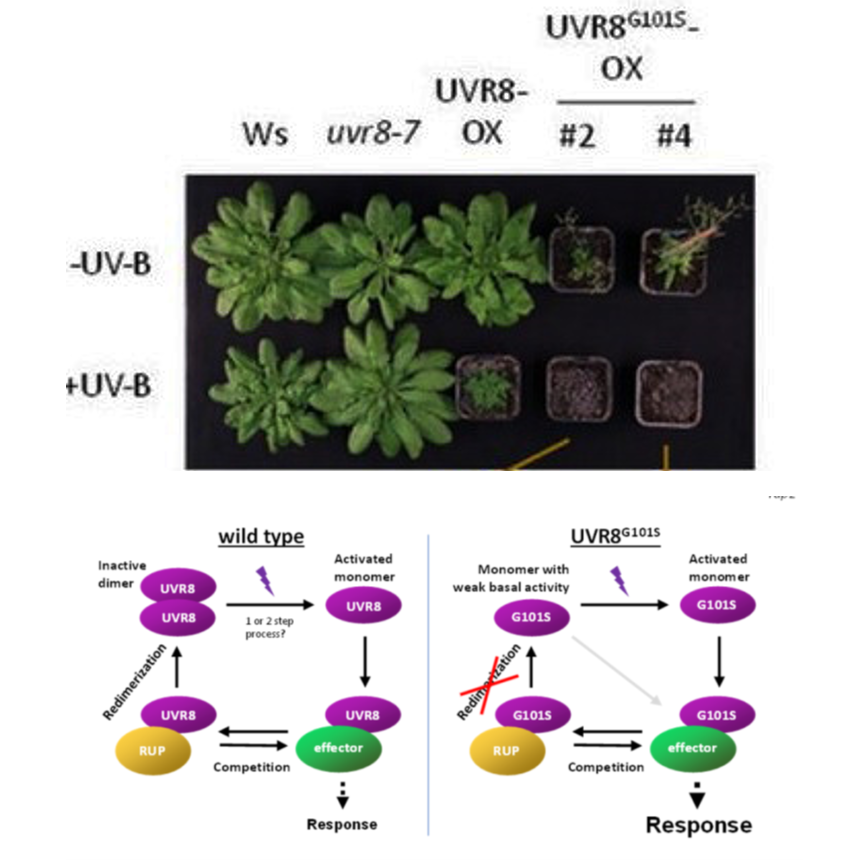
A constitutively monomeric UVR8 photoreceptor allele confers enhanced UV-B photomorphogenesis (bioRxiv)
Plant Science Research WeeklyIn response to UV-B light, the plant UV-B photoreceptor UV RESISTANCE LOCUS 8 (UVR8) monomerizes and activates, inducing UV-B acclimation and survival. Re-dimerization by REPRESSOR OF UV-B PHOTOMORPHOGENESIS 1 (RUP1) and RUP2 inactivates UVR8. In order to further clarify UVR8 pathway regulation, Podolec…

Antagonistic regulation of the gibberellic acid response during stem growth in rice (Nature)
Plant Science Research WeeklyStem growth determines the final height of graminaceous plants and greatly influences productivity in cultivated species (e.g., short internodes in semi-dwarf rice varieties to increase lodging resistance) and adaptation in wild species (e.g., elongated internodes in tall deepwater rice to help survive…
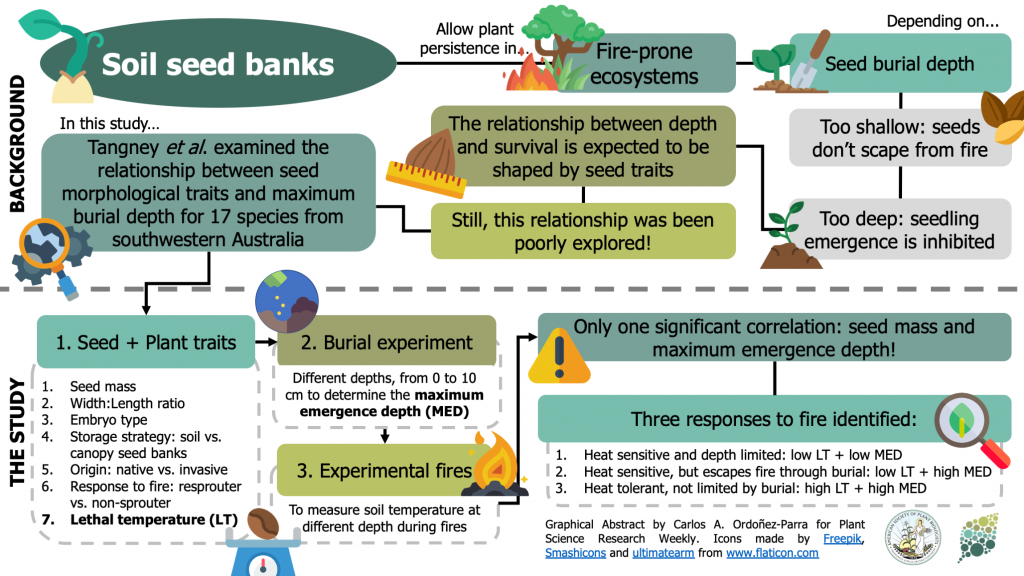
Seed traits determine species responses to fire under varying soil heating scenarios ($) (Funct. Ecol.)
Plant Science Research WeeklySoil seed banks allow plants to persist in fire-prone ecosystems. However, if seeds are buried too deep, seedling emergence can be inhibited. The maximum depth at which seeds can be buried without hampering recruitment is expected to be shaped by different seed traits, although this has been seldom tested.…
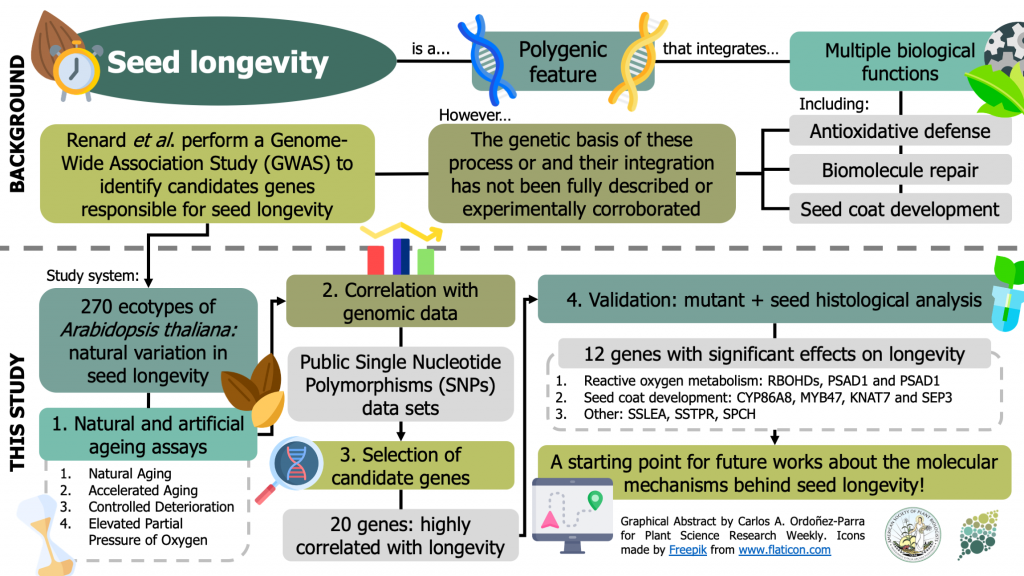
Identification of novel seed longevity genes by GWAS and reverse genetics (Plant Cell Environ.)
Plant Science Research WeeklySeed longevity (i.e., the inherent lifespan of a seed) is a polygenic feature that demands the coordination of multiple biological processes, and that shapes the persistence of seeds in the soil and the time they can be stored ex situ. Recent studies on this trait highlight the role of the antioxidant…

Robotic Assay for Drought (RoAD): An automated phenotyping system for brassinosteroid and drought response (bioRxiv)
Plant Science Research Weekly
Developing drought tolerant plants is an important challenge in agriculture. Drought responses and plant growth are regulated by several signaling pathways, one of which is activated by brassinosteroids (BRs), a group of plant steroid hormones. In order to better understand the crosstalk…

